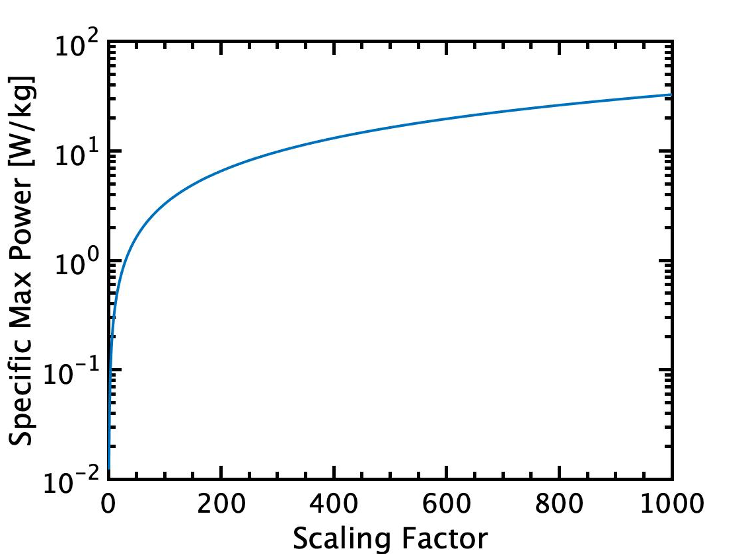An Exploration of Mental Health in US Tech Workers
A Survey of Computer Vision in Sports
Dynamics Curriculum Learning for Deep Reinforcement Learning Agents
Predictions on California Road Accidents Severity

Image Classification on 20 Categories Pictures
Joystick with 6-DOF Motion Tracking Function
A Two-Legged MEMS Walking Microrobot

Scaling of Vibration Energy Harvester

10nm Bulk and SOI FinFET Transistors Design

